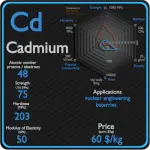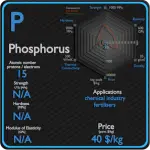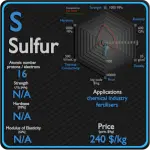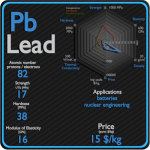This article contains comparison of key thermal and atomic properties of lithium and cadmium, two comparable chemical elements from the periodic table. It also contains basic descriptions and applications of both elements. Lithium vs Cadmium.
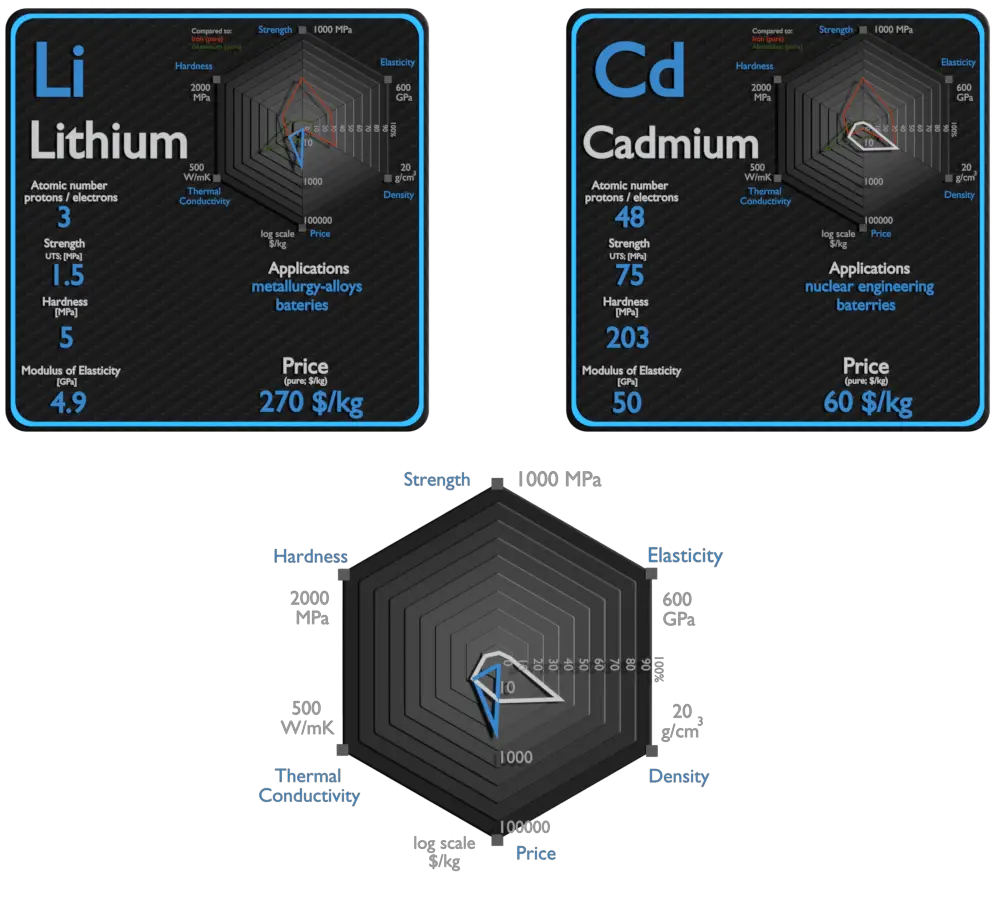
Lithium and Cadmium – About Elements

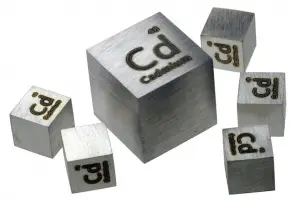
Source: www.luciteria.com
Lithium and Cadmium – Applications
Lithium
Lithium has many applications, from lubricating grease, alloying additions in particular for aluminium and magnesium alloys, to glazes for ceramics, and finally, lithium batteries. In particular, lithium is and will continue to play an increasingly important role in the battery-powered clean air future. Lithium batteries are widely used in portable consumer electronic devices, and in electric vehicles ranging from full sized vehicles to radio controlled toys. The term “lithium battery” refers to a family of different lithium-metal chemistries, comprising many types of cathodes and electrolytes but all with metallic lithium as the anode.
Cadmium
Cadmium is primarily consumed for the production of rechargeable nickel cadmium batteries. In 2009, 86% of cadmium was used in batteries, predominantly in rechargeable nickel-cadmium batteries. Other end uses include pigments, coatings and plating, and as stabilizers for plastics. Solar cell manufacturing may become another significant market for cadmium in the future. In nuclear industry cadmium is commonly used as a thermal neutron absorber due to very high neutron absorption cross-section of 113Cd. 113Cd has specific absorption cross-section.
Lithium and Cadmium – Comparison in Table
| Element | Lithium | Cadmium |
| Density | 0.535 g/cm3 | 8.65 g/cm3 |
| Ultimate Tensile Strength | 1.5 MPa | 75 MPa |
| Yield Strength | N/A | N/A |
| Young’s Modulus of Elasticity | 4.9 GPa | 50 GPa |
| Mohs Scale | 0.6 | 2 |
| Brinell Hardness | 5 MPa | 203 MPa |
| Vickers Hardness | N/A | N/A |
| Melting Point | 180.5 °C | 321.07 °C |
| Boiling Point | 1342 °C | 767 °C |
| Thermal Conductivity | 85 W/mK | 97 W/mK |
| Thermal Expansion Coefficient | 46 µm/mK | 30.8 µm/mK |
| Specific Heat | 3.6 J/g K | 0.23 J/g K |
| Heat of Fusion | 3 kJ/mol | 6.192 kJ/mol |
| Heat of Vaporization | 145.92 kJ/mol | 99.57 kJ/mol |






